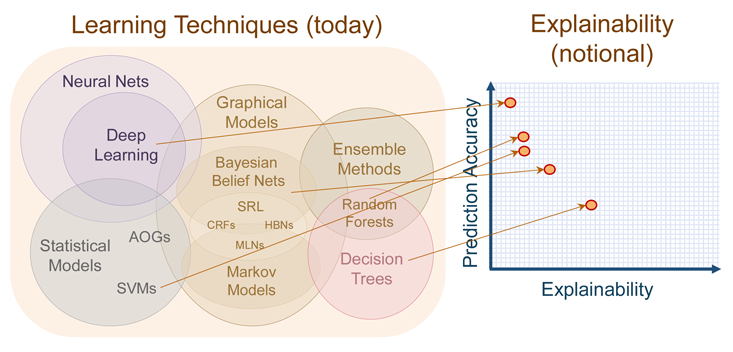The One Hundred Year Study on Artificial Intelligence, launched in the fall of 2014, is a long-term investigation of the field of Artificial Intelligence (AI) and its influences on people, their communities, and society.
Contrary to the more fantastic predictions for AI in the popular press, the Study Panel found no cause for concern that AI is an imminent threat to humankind. No machines with self-sustaining long-term goals and intent have been developed, nor are they likely to be developed in the near future. Instead, increasingly useful applications of AI, with potentially profound positive impacts on our society and economy are likely to emerge between now and 2030, the period this report considers. At the same time, many of these developments will spur disruptions in how human labor is augmented or replaced by AI, creating new challenges for the economy and society more broadly.
Innovations relying on computer-based vision, speech recognition, and Natural Language Processing have driven these changes, as have concurrent scientific and technological advances in related fields.
In each domain, even as AI continues to deliver important benefits, it also raises important ethical and social issues, including privacy concerns. Robots and other AI technologies have already begun to displace jobs in some sectors. As a society, we are now at a crucial juncture in determining how to deploy AI-based technologies in ways that promote, not hinder, democratic values such as freedom, equality, and transparency. For individuals, the quality of the lives we lead and how our contributions are valued are likely to shift gradually, but markedly.
Source: 2016 Report | One Hundred Year Study on Artificial Intelligence (AI100)
PDF: Download Full Report
